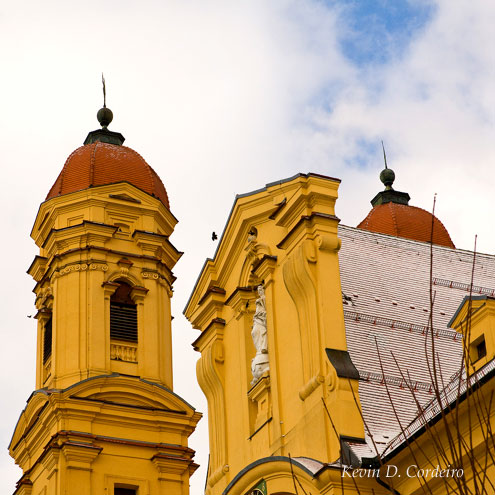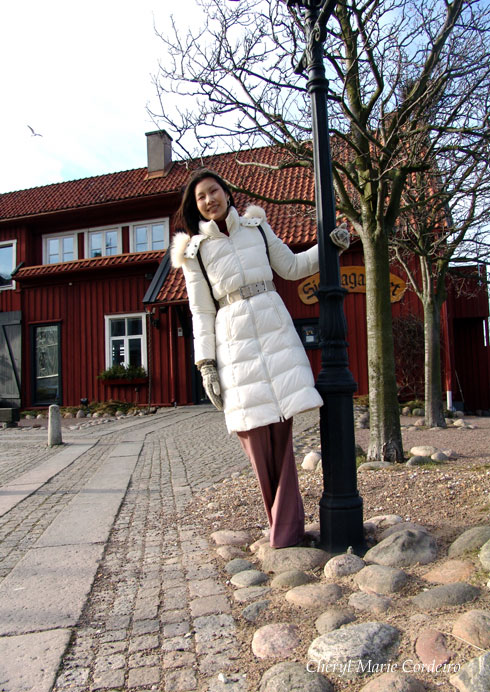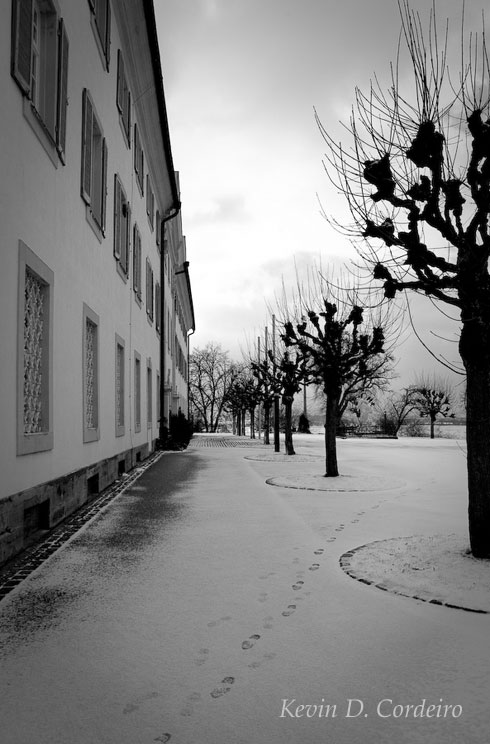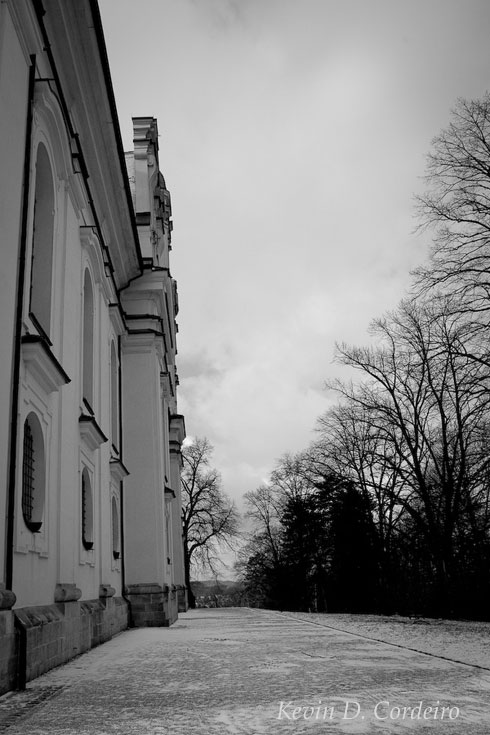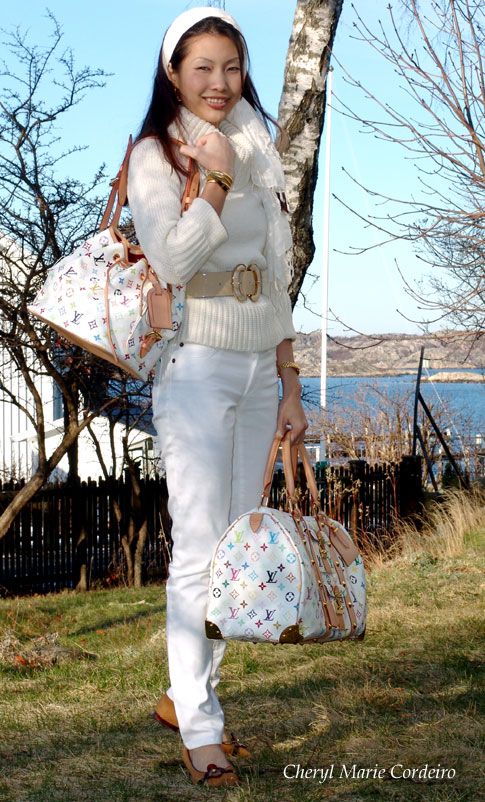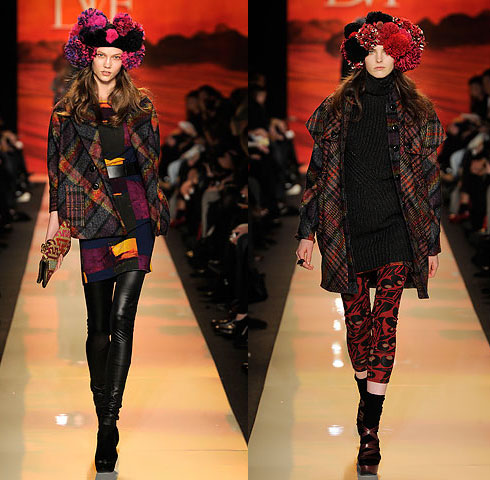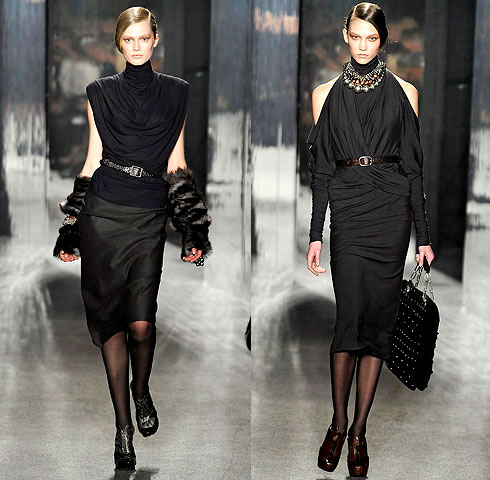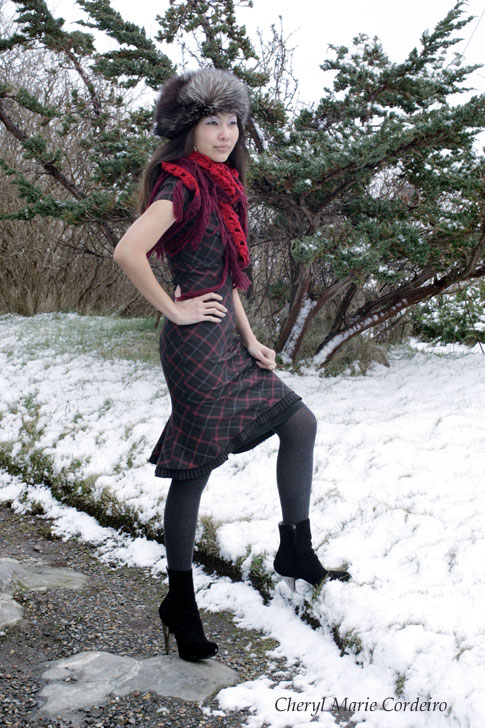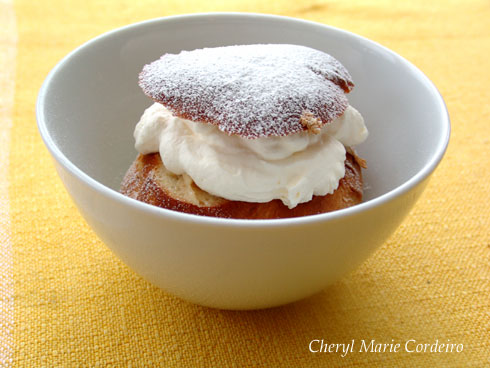
Our homemade semla which has chopped almonds with a marzipan filling in a cardamon bun. This is topped with a generous dollop of freshly whipped cream.
Photo for CMC by: Jan-Erik Nilsson © 2009.
It doesn’t matter if Fettisdagen was just over and that we’ve been eating semlor for about a month now. With the exception of high summer, I think I pretty much could enjoy a semla any day in the year, though of course enjoying one particularly on Fat Tuesday or Mardi Gras would be double the fun and delight! Continue reading “Semla in a bowl of warm milk, a northern Swedish tradition”

